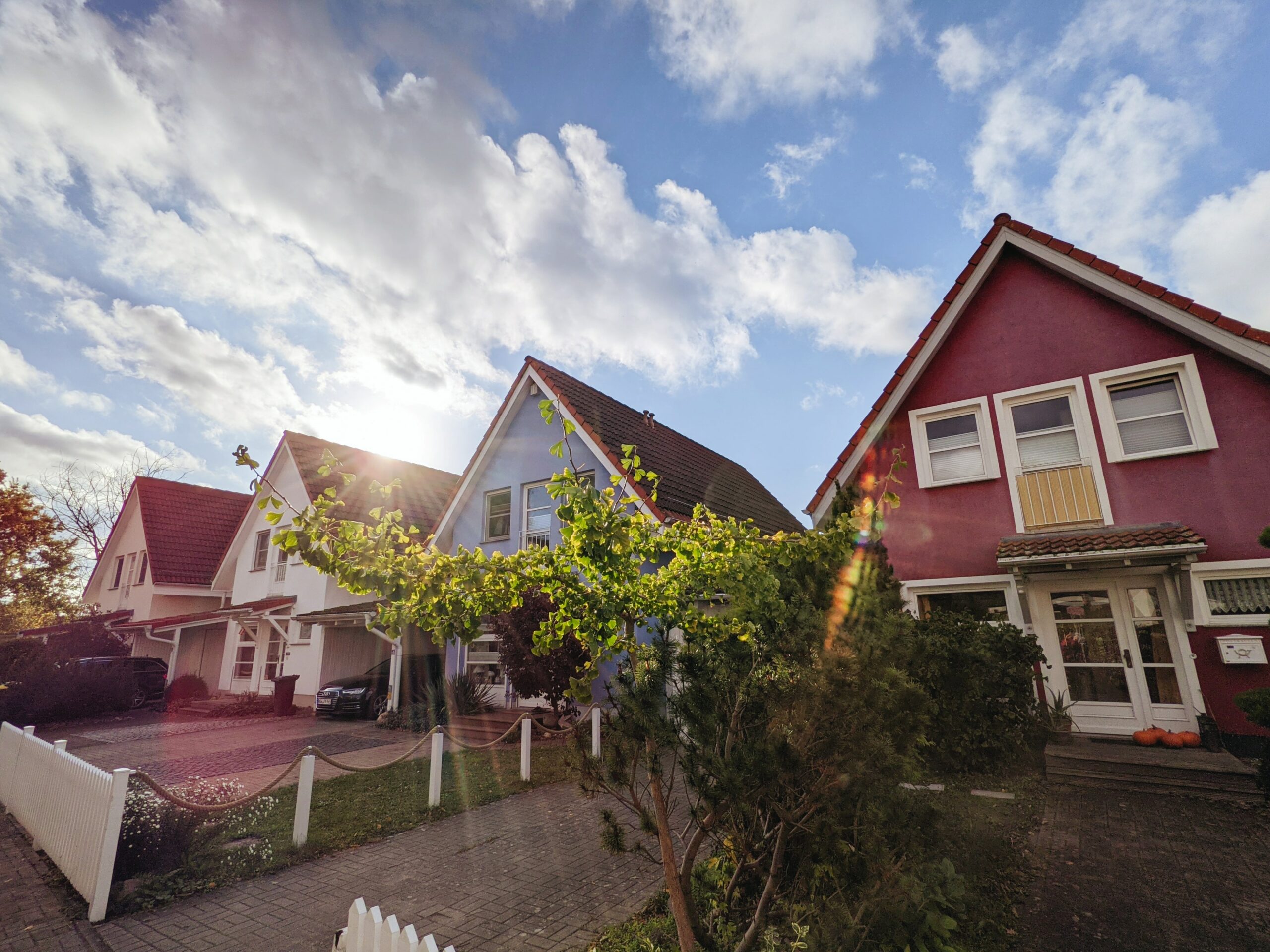Finance Sustainable Buildings
Energy sufficiency via property taxation
Sufficiency
Long term
The solution proposed by Griet Verbeeck (UniHasselt) is to change the methodology for measuring the efficiency of energy performance by replacing the energy label where kWh/m²*year is measured by the consumption label where, in addition to the m2 of the dwelling, the number of surfaces and the number of people living in the dwelling are also considered. The new calculation formula for the progressive taxation would be kWh/person*year, where house size and houlsehold size have an impact.
How to incentivize in this case? We suggest the bonus/malus system on tax tariff, which entails:
- Define neutral consumption label
- Reduction (bonus) on tax tariff if consumption < neutral; penalty (malus) if consumption > neutral
- Set up roadmap for stepwise strengthening neutral label towards long-term
goal
This scheme complements the term efficiency by sufficiency aiming at measuring the energy performance of a building. This shift on the measurement implies a reduction (bonus) on tax tariff if consumption < neutral; penalty if consumption > neutral. Thus, households have the opportunity and time to adapt and to anticipate to the retrofitting needs.

Socioeconomic impacts
If no additional measure is taken, the cost of adaptation is borne by households. In case no measures are designed to support the most vulnerable families, this scheme could deepen inequalities in accessing retrofitting. To avoid this, rental social housing for the most vulnerable families should be built with the money collected from this measure. Additionally, this taxation should be balanced with a bonus related to the dwelling size. Also, local authorities should guarantee a percent of dwellings of affordable housing for vulnerable families.
Furthermore, aiming at reducing urban sprawl, cities should change their zoning regulations in order to introduce barriers to single-family homes. Permitted uses should prioritize instead mixed-uses and multiple-family dwellings.
Related to
This scheme could be related to boosting energy sufficiency in the households by introducing incentives to promote lower energy consumption rates. Additionally, this scheme supports the introduction of urban planning incentives to fight against urban sprawl and energy loss, and also make it possible to revitalise city centres, to design urban development in a global way by harmonising guidance documents and planning documents drawn up at conurbation level as well as preserving biodiversity, ensuring efficient management of resources and space and creating a link between density and public transport service levels.



